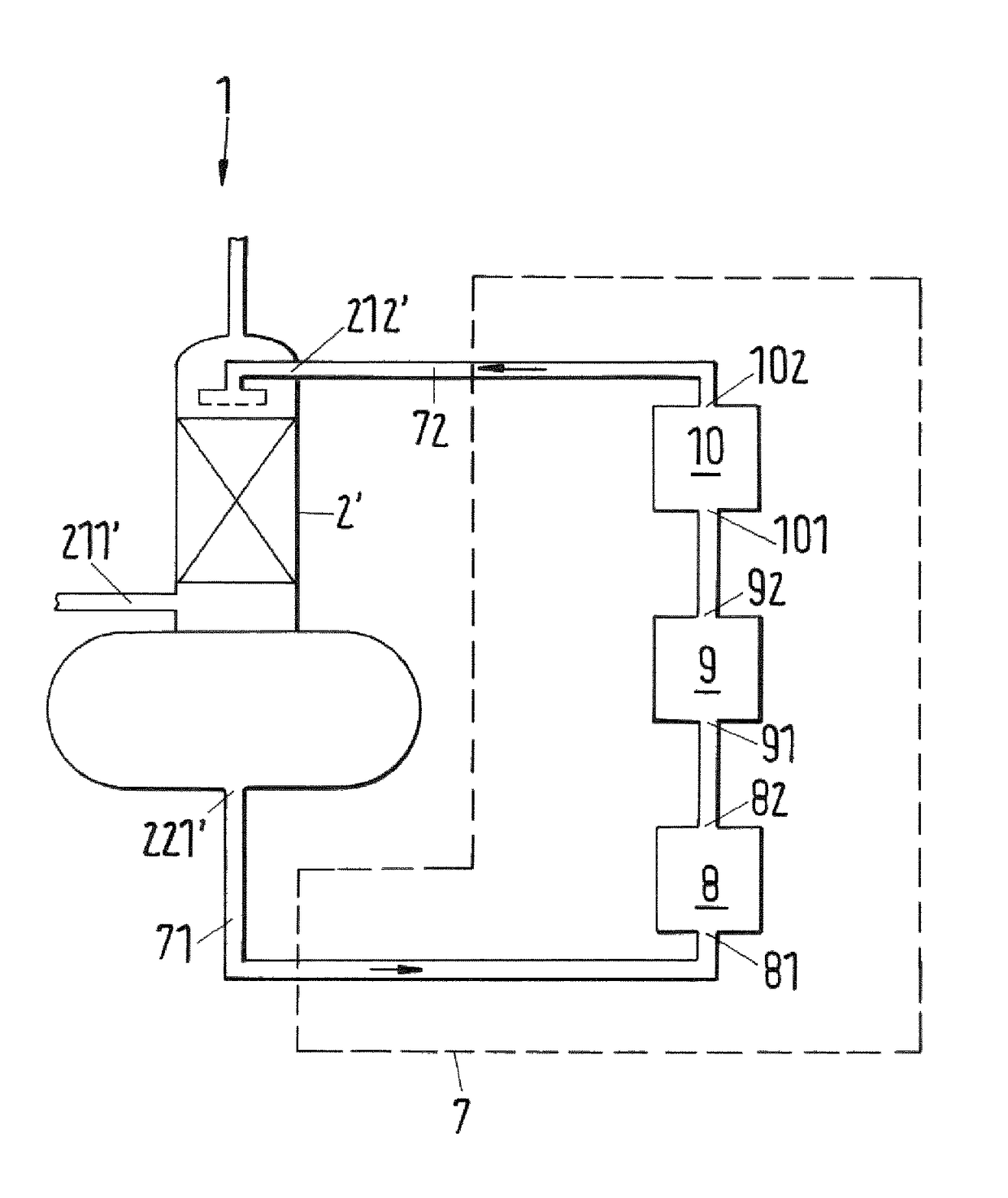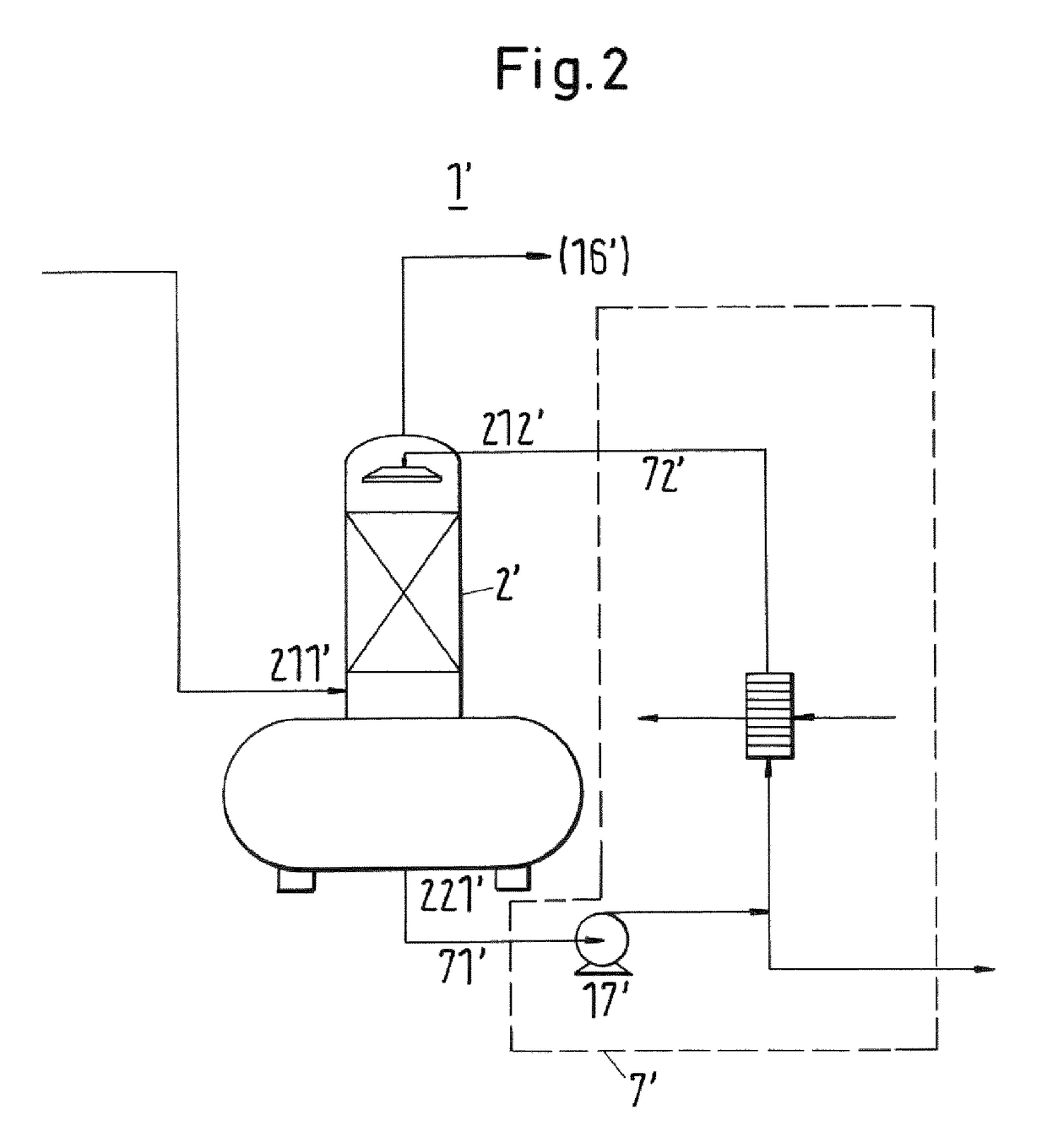Method for removing an ester from a vapor mixture
a technology of vapor mixture and ester, which is applied in the direction of separation process, dispersed particle separation, chemistry apparatus and processes, etc., can solve the problems of hydrolysis of lactate, achieve the effect of increasing the productivity and mildness of the method, and increasing the rate of hydrolysis reaction and/or derivitization reaction
- Summary
- Abstract
- Description
- Claims
- Application Information
AI Technical Summary
Benefits of technology
Problems solved by technology
Method used
Image
Examples
examples
[0081]The following examples are set forth to provide those of ordinary skill in the art with a detailed description of how the methods claimed herein are evaluated, and are not intended to limit the scope of what the inventors regard as their invention. Unless otherwise indicated, the temperature is in degrees Celsius (° C.), and the time is in min.
[0082]Solid lactide 13′ was contacted with water or various aqueous solutions of lactic acid and various mixtures having different proportions of lactide 13′ and water or aqueous solutions of lactic acid were made. The time to dissolve and / or hydrolyze all of the solid content present as precipitate or suspended solid to give transparent solutions was determined for various temperatures.
[0083]Representative data is shown in FIG. 7 for the dissolution and / or hydrolysis of solid lactide in water at various temperatures. It was observed that increasing the residence time at a particular temperature led to a reduction and finally elimination...
PUM
| Property | Measurement | Unit |
|---|---|---|
| Temperature | aaaaa | aaaaa |
| Temperature | aaaaa | aaaaa |
| Temperature | aaaaa | aaaaa |
Abstract
Description
Claims
Application Information
 Login to View More
Login to View More - R&D
- Intellectual Property
- Life Sciences
- Materials
- Tech Scout
- Unparalleled Data Quality
- Higher Quality Content
- 60% Fewer Hallucinations
Browse by: Latest US Patents, China's latest patents, Technical Efficacy Thesaurus, Application Domain, Technology Topic, Popular Technical Reports.
© 2025 PatSnap. All rights reserved.Legal|Privacy policy|Modern Slavery Act Transparency Statement|Sitemap|About US| Contact US: help@patsnap.com



